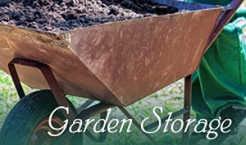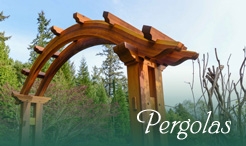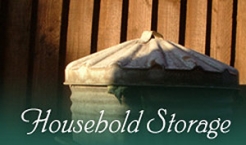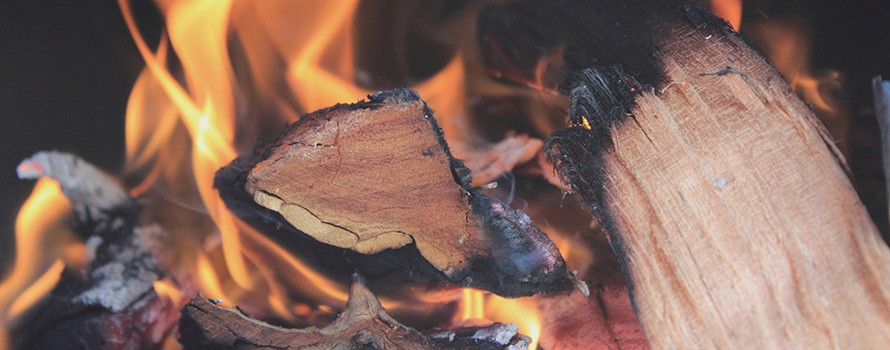

The Right Wood For Your Fire
To the uninitiated or inexperienced, it might seem that all firewood is the same. If it’s made of wood, it will burn and provide heat and light. But the truth is that not all firewood is the same just because it burns.
In fact, choosing the right firewood for your stove or fireplace is a bit trickier than it might seem. That’s because different wood burns in different ways and at different temperatures. That means that depending on your set-up, some woods will be far more suitable for burning than others.
We put together some helpful tips, tricks and valuable information on choosing the right firewood for your needs, as well as a few ideas on the best ways to store it so that it burns in the most efficient way possible.
Types of wood
Understanding the different types of wood is key to knowing how to select the perfect firewood. These are split into two basic categories: hardwoods and softwoods.
Hardwood is sourced from deciduous trees, which are those that lose their leaves each winter. These woods tend to be denser and, therefore, better for firewood as they burn for longer. They generally have a higher British Thermal Unit (BTU) rating, so will provide more heat per log than softwoods. Hardwoods that are commonly used for firewood include oak, maple, ash, walnut and beech. However, it is also worth pointing out that hardwoods are harder to ignite, and will require kindling to get fires going.
Softwoods include pine, fir and spruce and are ideal for kindling or for getting fires started. However, they do not burn as hot or for as long as hardwoods, so are not generally ideal as a heat source. In general, a combination of hardwood and softwood should be used to start and maintain fires at the right temperature in your home.
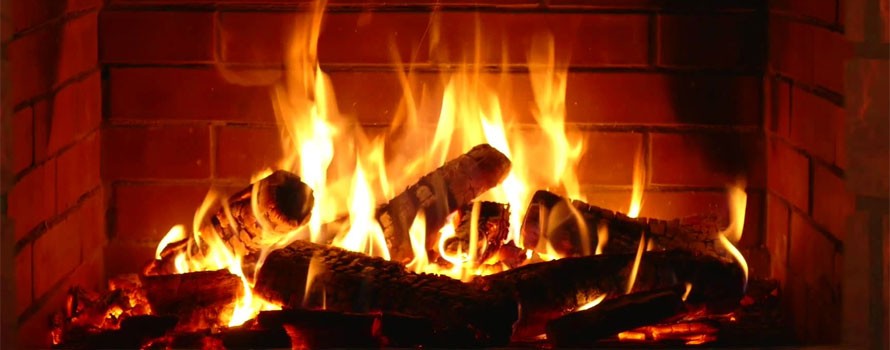
Seasoning
Whatever type of wood you use in your home, you need to ensure it is well-seasoned and ready to burn. When wood is first cut and chopped from a tree it is full of moisture. This will make it much more difficult to burn and produce far more harmful smoke. Wood, therefore, needs to be dried out, or seasoned, before it is burned in your home. Wood should ideally have a moisture content of less than 25% to burn cleanly and efficiently.
This means knowing how long each type of wood should be left to season or using a moisture meter to get an accurate reading. For example, oak needs around 24 months to fully season but then burns very slowly and hot. Pine, on the other hand, can season in as little as six months but will burn quickly and at lower temperatures.
Storing
Like seasoning, whatever type of wood you choose to burn in your home, you need to make sure it is stored properly before burning. Some neatly chopped and well-seasoned oak will still burn poorly if it has been stored incorrectly or exposed to moisture. Wood should be neatly stacked in a log store with a cover or roof. The log store should ideally be facing away from the prevailing wind to reduce moisture ingress and should be in good condition with no leaks. Store wood off the ground and site the wood store in a slightly elevated position to avoid areas where moisture might build up.
Sourcing your wood
There are generally two options for sourcing your firewood. One is to buy it from a supplier, and the other is to source and chop your own. If you have access to wood and can move, chop and stack your own wood, it can be very satisfying to know where it has come from and how it has been treated. It’s also a good workout to be processing that much wood (as long as it is done safely and with all the required PPE). It can also be much cheaper to go for the DIY approach. However, if you don’t have the luxury of your own wood, have no time to carry out the processing, or are otherwise unable to provide your own wood, buying it can be very convenient. Just make sure to ask your supplier the right questions and shop around for the best prices.
Choosing the right combination of firewood for your burner and ensuring it is in the best possible condition for burning is the best way to ensure you have a warm, safe and low-smoke fire in your home. And what better way to keep away the winter blues?
